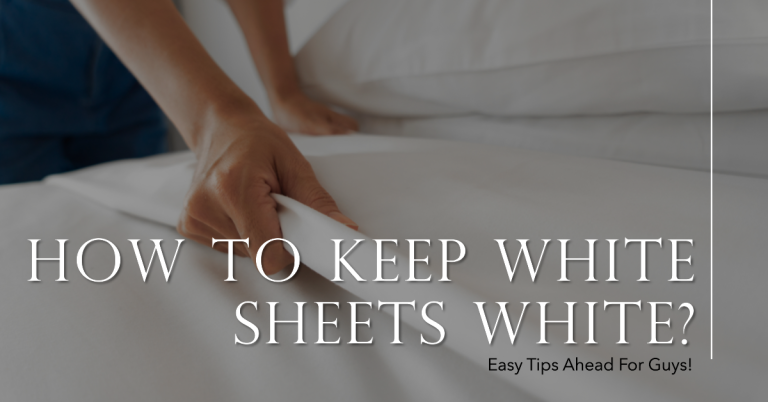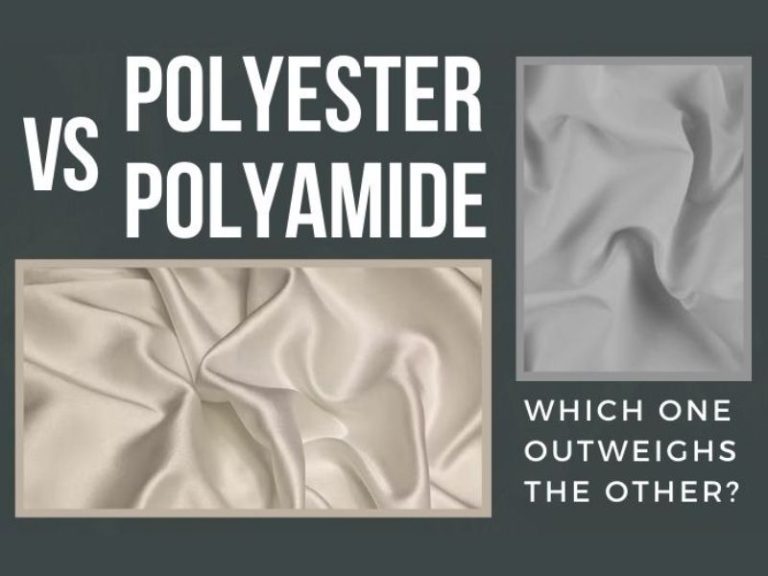Summertime is when linen is at its peak popularity. How many types of linen are there, and how might they be used in daily life? Another name for linen cloth is linen fabric. This material has several uses in both life and fashion. Due to their exceptional benefits and rapid absorption and release of water, they are particularly appropriate for the upcoming summer.
1. Butcher Linen Fabric
This is what thick linen called. Butcher’s linen was originally used for French butchers’ aprons because it was more durable and stain-resistant than cotton. The stiff, sturdy fabric is still used for aprons, table linens, and interfacing.
However, the current name for this kind of fabric is butcher cloth. Butcher linen was once used (misleadingly) to describe a rayon or rayon/cotton mix fabric that resembled linen. That’s why they call them “thick linen”, to avoid unnecessary stains.
Strong, heavy, bleached linen with slubs (fabric-resource/slub), a plain weave, and a balanced fabric (fabric-resource/balanced-fabric). Cotton may now be used to make butcher linen. Due to its straightforward washability, linen was typically used for Butcher’s Linen, though cotton was occasionally also used. This fabric is usually strong, durable, and rarely wrinkled.
- Texture: Strong, heavy, bleached.
- Softness: High washability
- Strength: Durable, rarely wrinkled
2. Cambric Linen Fabric
One of the densest textiles is cambric, which is often woven in grade. Previously, flax or linen was woven together to make cambric cloth. Early on in the 1900s, businesses began producing it. Cambric is an excellent material for lacework and embroidery, in addition to clothing. Batiste is another name for cambric when it is utilized in other handmade items.
A lightweight plain-weave fabric, originally from the commune of Cambria (in present-day northern France), woven grade (neither bleached nor dyed), then bleached, piece-dyed, and often glazed or calendar.
This fabric has a smooth, airy, and comfortable surface. Suitable for chair cover, and bed. Cambric cloth is ideal for lacework and embroidery because of its heaviness. For these uses, it is most commonly referred to as batiste.
Cambric fabric has a wide range of additional uses, which often rely on the material’s quality. It is frequently used to make ready-made clothing such as dresses, shirts for men, tops for women, and other outfits.
- Texture: Lightweight plain-weave
- Softness: Smooth, airy surface
- Strength: Heavy, used for lacework and embroidery
3. Damask Linen Fabric
A woven fabric with a reversible pattern made of silk, wool, linen, cotton, or synthetic fibers is known as a damask.
One warp yarn and one weft yarn are used to weave damasks, which are typically woven with the ground having a sateen or weft-faced weave and the pattern having a warp-faced satin weave. There is a twill-woven ground or pattern in twill damasks.
Utilizing a combination of plain and satin weaves, damask linen fabric is woven on a jacquard loom. Damask fabric has a smooth feel and a reversible pattern since the fibers are typically flat and reversible.
Damask, which is frequently used for linen tablecloths, linen table runners, and other household textiles, typically comes in one color to make the design and pattern stand out. A Venice linen fabric is a kind of damask. It has a very delicate texture and prominent flower motifs.
- Texture: Plain and satin weaves
- Softness: Flat and reversible
- Strength: Delicate and prominent flower motifs.
4. Plain-Woven Linen Fabric
Because it is most frequently used to clean glassware, plain-woven linen cloth is also known as “glass toweling.” On a white background, this cloth often features a red, blue, or both checkered or striped design.
Because of its loose weave, plain woven linen cloth is less durable but more absorbent and better suited for washing. Holland linen is a type of plain-woven cloth that has been treated with starch and oil to make it opaque and difficult for sunlight to pass through.
Because it blocks light, it is used to create lampshades and window coverings. The thinnest and most luxurious variation of linen fabrics is cambric linen, which is also a kind of plain-woven fabric.
- Texture: Loose weave, more absorbent
- Softness: Plain woven
- Strength: Light-blocking ability
5. Sheeting Linen Fabric
Home furnishings are the main uses for linen, a cloth made from flax. While there are similarities between linen and cotton, linen is created from fibers that come from the stems of the flax plant as opposed to the bolls that develop around cotton seeds.
However, producing linen requires far more time and resources than producing cotton, which has resulted in a gradual decline in the demand for this fabric since the development of the cotton gin. The fabric surface is wrinkled, thin, light, and breathable. Sheeting linen is soft and often used to design bedsheets, pillowcases, duvet covers, bath towels, dish towels.
In humid and hot climates, linen bed sheets and linen clothing is preferred. In contrast to cotton, which has the propensity to retain moisture for a considerable amount of time, linen dries fast, assisting in lowering heat retention in excessively heated environments.
- Texture: Wrinkled, thin, light surface,
- Softness: Soft, duvet covers.
- Strength: Dry fast
6. Toweling Linen Fabric
A style called toweling is woven with several projecting loops of thread and has a significant water absorption capacity. It may be produced by knitting or weaving.
On unique looms with two longitudinal warp beams through which the filler or weft is shot laterally, terry cloth is produced. Christy, an English manufacturer, began the first commercial production of terrycloth towels in 1850.
Flax fibers are woven together, giving them a texture similar to cotton. In comparison to regular linen, cotton yarn is softer and less breathable. Toweling is the name for the kind of linen fabrics that are used to produce towels. It comes in different sizes, and the versatile towels that are made can be used for a wide range of purposes.
- Texture: Similar to cotton
- Softness: Softer and less breathable.
- Strength: Versatile, used for towels
7. Venice Linen Fabric
Even today, a class of woven or knitted bed, bath, table, and kitchen textiles that were once composed of flax-based linen are still frequently referred to as “Venice linens” in a general sense. Heavier than regular linen. The weight and warmth of the woven yarn.
The name “Venice linen” refers to light undergarments like shirts, chemises, waist shirts, lingerie (which is cognate with linen), and removable shirt collars and cuffs, which were all previously composed mostly of linen.
Lining refers to the inner layer of fine composite textile clothing, which historically refers to linen-made items like dress coats. In winter, they help trap sunlight and keep the room warm; and in summer, they block sunlight by keeping the space cool.
- Texture: Heavier and warmer
- Softness: Light undergarments
- Strength: Adjust to the weather.
Conclusion
Linen is a versatile fabric that can be used for a variety of purposes. It is a good choice for hot weather because it is breathable and helps to keep the body cool. With our detailed information about 7 types of linen, I hope you can understand and clearly understand the information.
Frequently Asked Questions
It depends. Linoleum is always a lovely option, whether you’re putting the finishing touches on an interior remodel or looking for a quick way to freshen up your house. Hard-wearing linen fabric is essential for any fashionable house and may be found in kitchen textiles, bed linen, and even kitchen curtains. It offers the ideal Insta-ready table setting in your kitchen and adds a touch of natural elegance and understated beauty to bedrooms and living areas.
Examining the fabric closely and looking for natural colors, strong fibers, creases, visible slubs, or moisture-wicking qualities are the simplest and most popular ways to identify linen. The used-goods sector is expanding quickly. Many shoppers purchase antique and vintage linen goods at shops or stores. The popularity of linen cloth is growing, especially in the fashion industry. In fact, linen-made clothing is incredibly opulent and exceptionally cool in hot weather. It is the priciest sustainable apparel material available.
In contrast to cotton, linen softens more and more with each wash as the pectin that holds the fibers together slowly dissolves. There is no need for expensive fabric softeners because water alone can do this.



